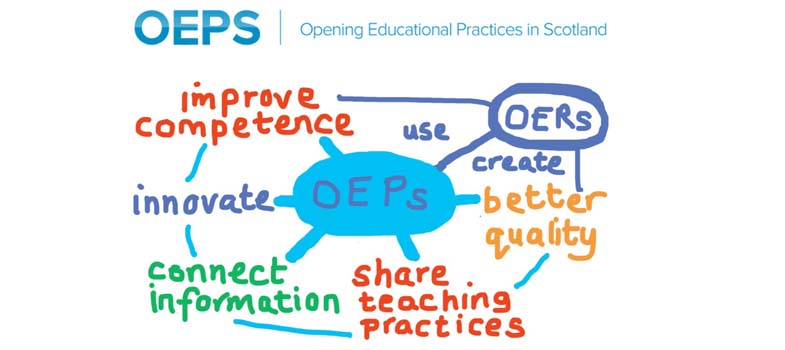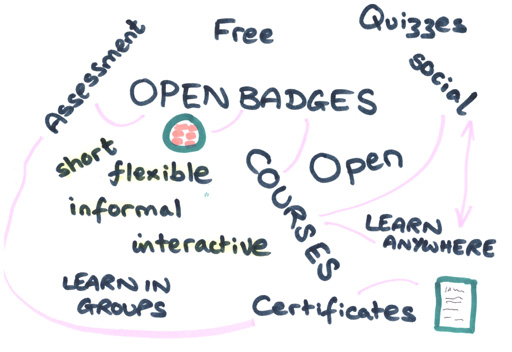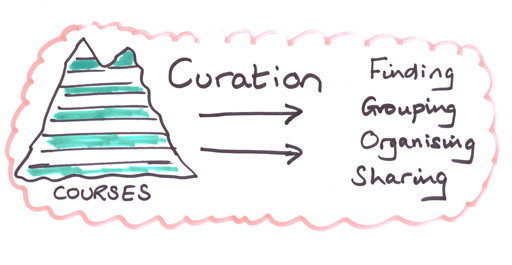1.4 Choosing courses
Your learners may have identified a particular area for study. In this case you may want to go directly to some of the sites mentioned in section 1.3 and search by subject or topic. Before you do this, however, you need to be clear about the level of experience the group members have and how familiar they are with online study. With this in mind as you search, you should ask yourself the following questions:
- Is it clear who produced the course – e.g. a college or university, a for-profit provider or a not-for-profit / third sector provider?
- How many study hours does the course involve?
- What educational level is the course at and is it suitable for my learners?
- Are there fixed start and finish dates or can the learners decide how long to take on their study?
- Is there assessment and a final certificate or badge and are these free or is there a charge?
Activity 4
Suppose that you have a small group of learners who are unconfident about maths and would like to try a basic course. Go to OpenLearn and see how many courses you find when you type maths in the search box. Check out the first two or three on the list and see how many of questions (a) to (e) you can answer.
- a.Is it clear who produced the course – e.g. a college or university, a for-profit provider or a not-for-profit provider?
- b.How many study hours does the course involve?
- c.What educational level is the course at and is it suitable for my learners?
- d.Are there fixed start and finish dates or can the learners decide how long to take on their study?
- e.Is there assessment and a final certificate or badge and are these free or is there a charge?
Searching is helpful but you may still worry that you’ve missed something. There’s a growing interest in ‘curation’; this is the process of searching through the courses that are on the web, finding material suitable for you learners, organising what you’ve found in ways that are meaningful in your context and sharing. There are some sites that make this job easier for you.
So, for example, on the OpenLearn site, free open courses that are designed for returners to study are grouped together. These introductory courses have a common structure, involve around 24 hours total study time and students who successfully complete a course can claim an open badge.
Another example of curation is an initiative developed by The Social Partnerships Network. The network is a group of eleven organisations, including the Open University, who have got together to create a suite of short vocational courses designed for returners to study. There are short videos to explain what is in involved in studying each course.
Each section of these courses is badged and the courses involve around 15 hours study in total.
Activity 5
Take a few minutes to explore the badged open courses offered on OpenLearn and the Social Partnerships courses on OpenLearn Create. Make a note of any that might be of interest to your learners in your learning log.
Another source of ideas about where to start is the Open Pathways to Higher Education guide, which has been developed by the Open University in Scotland to identify good starting places and possible routes between free, informal study and more formal qualifications.
1.3 Things you should know about open



